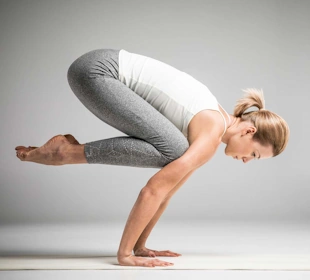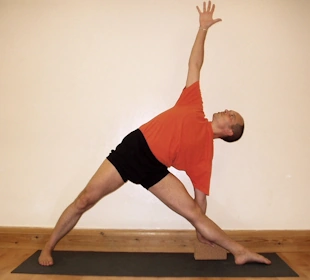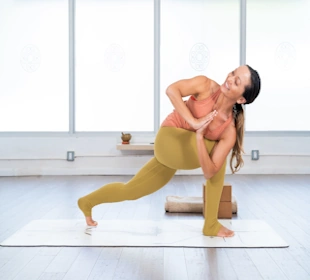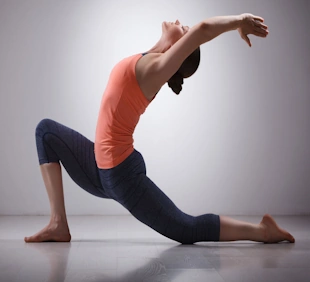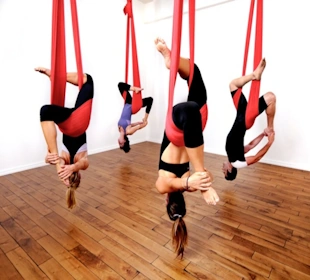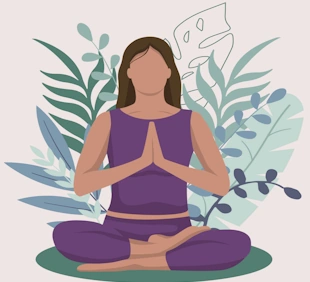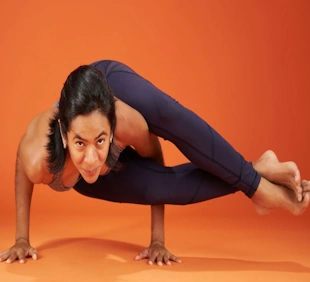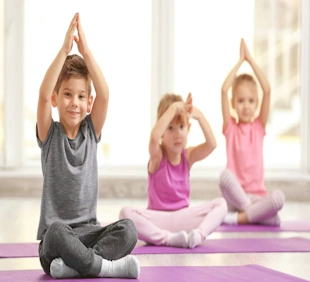Hatha Yoga is one of the oldest forms of yoga, with its roots going back to the 15th century. The practice was codified in the "Hatha Yoga Pradipika," a Sanskrit manual written by the sage Yogi Swatmarama. Hatha Yoga encompasses a broad set of physical postures (asanas), breath control techniques (pranayama), and meditation aimed at purifying and balancing the mind and body.
This style of yoga is often recommended for beginners due to its slower pace and focus on breathwork. The benefits of Hatha Yoga include increased flexibility, enhanced strength, reduced stress, and improved mental clarity. It lays a foundation for other, more advanced yoga practices.
Enroll